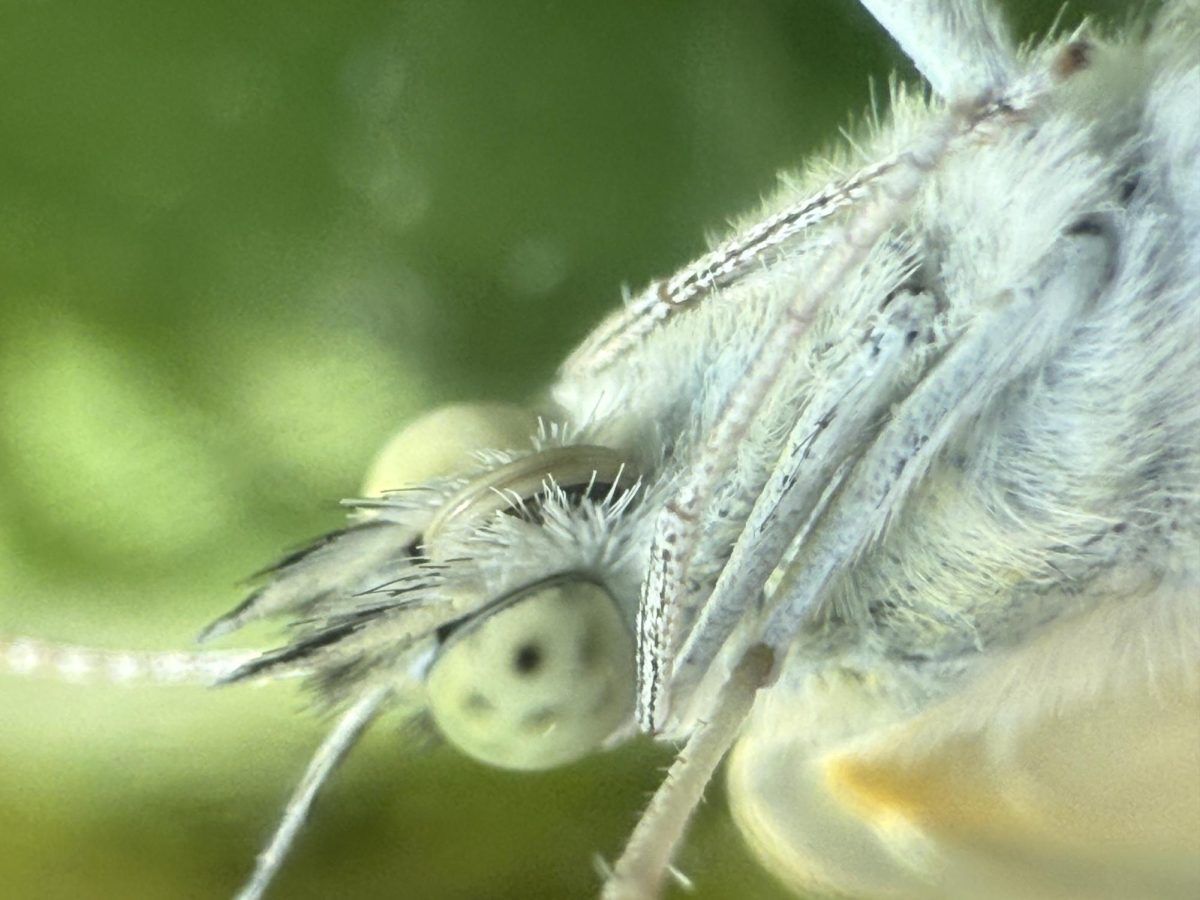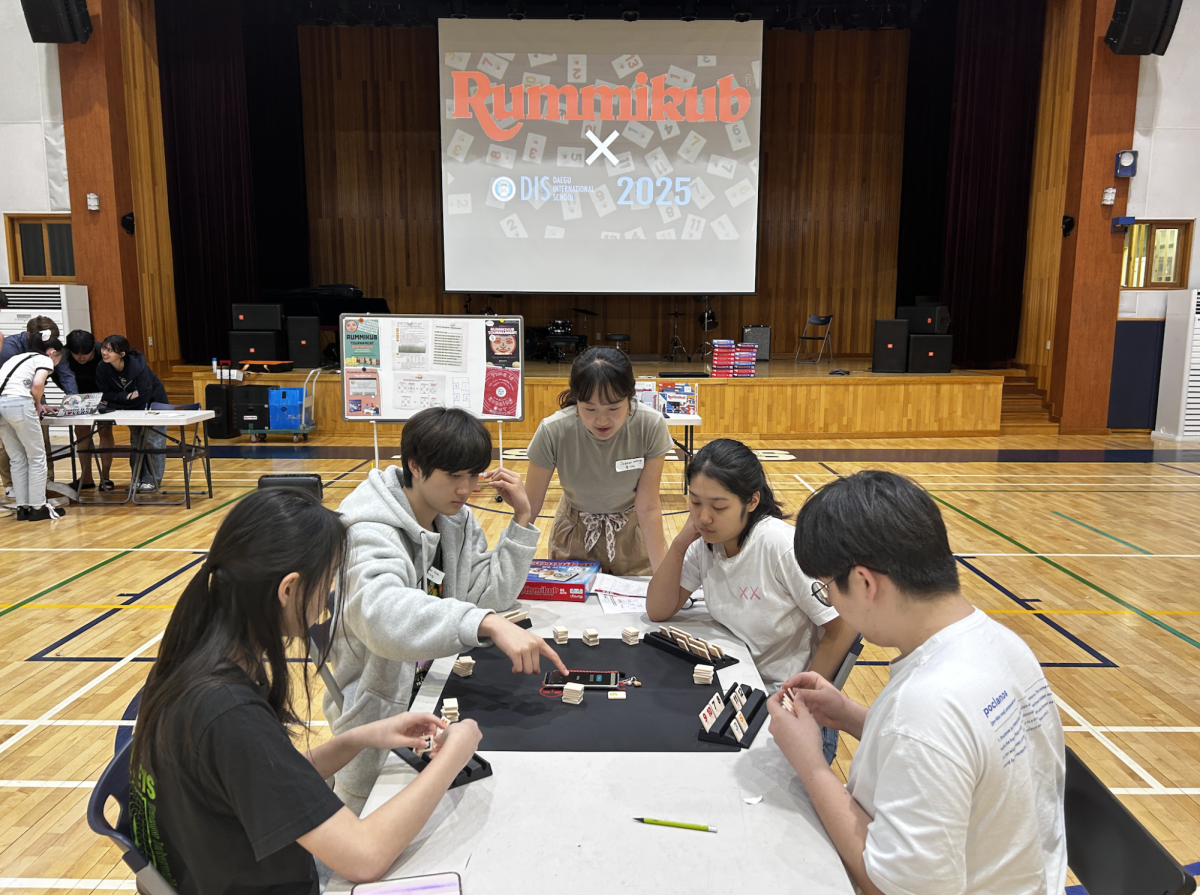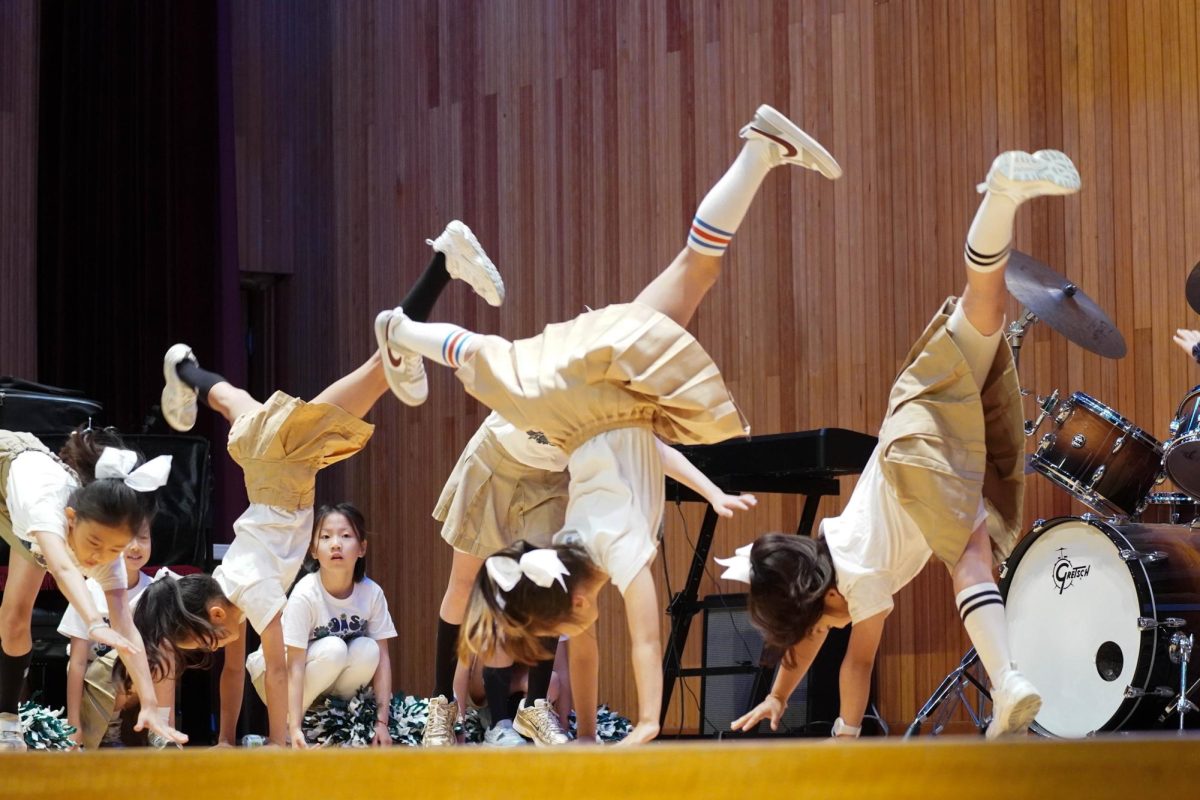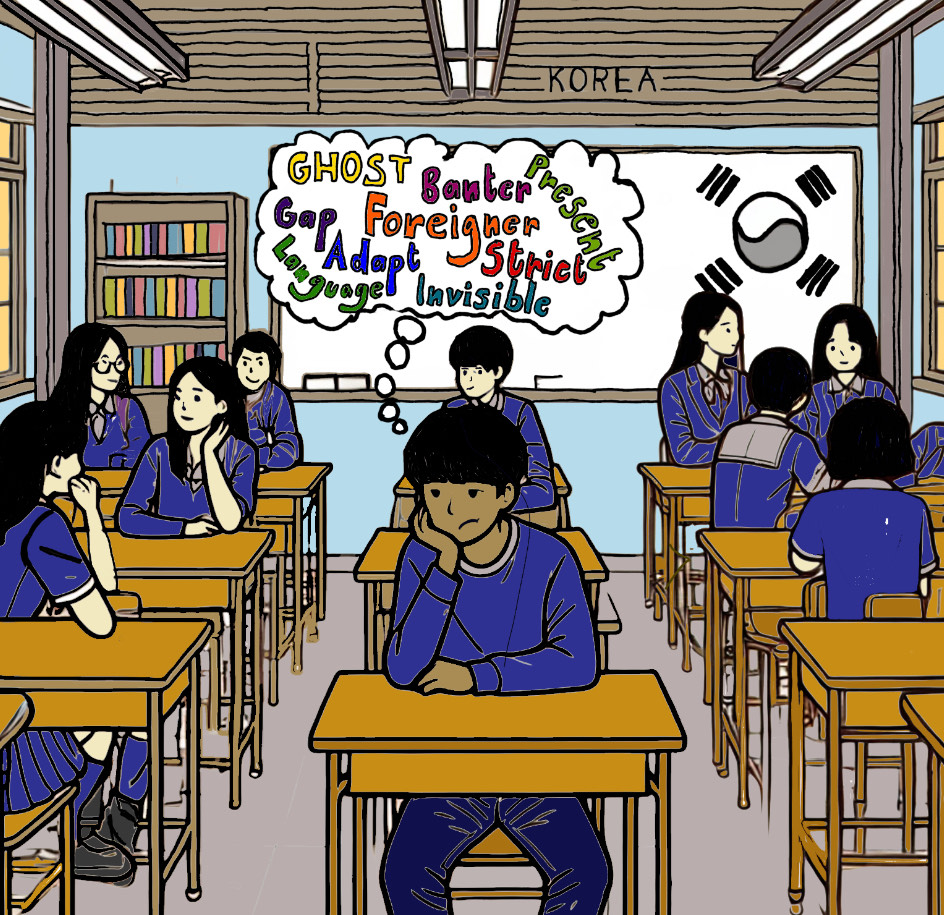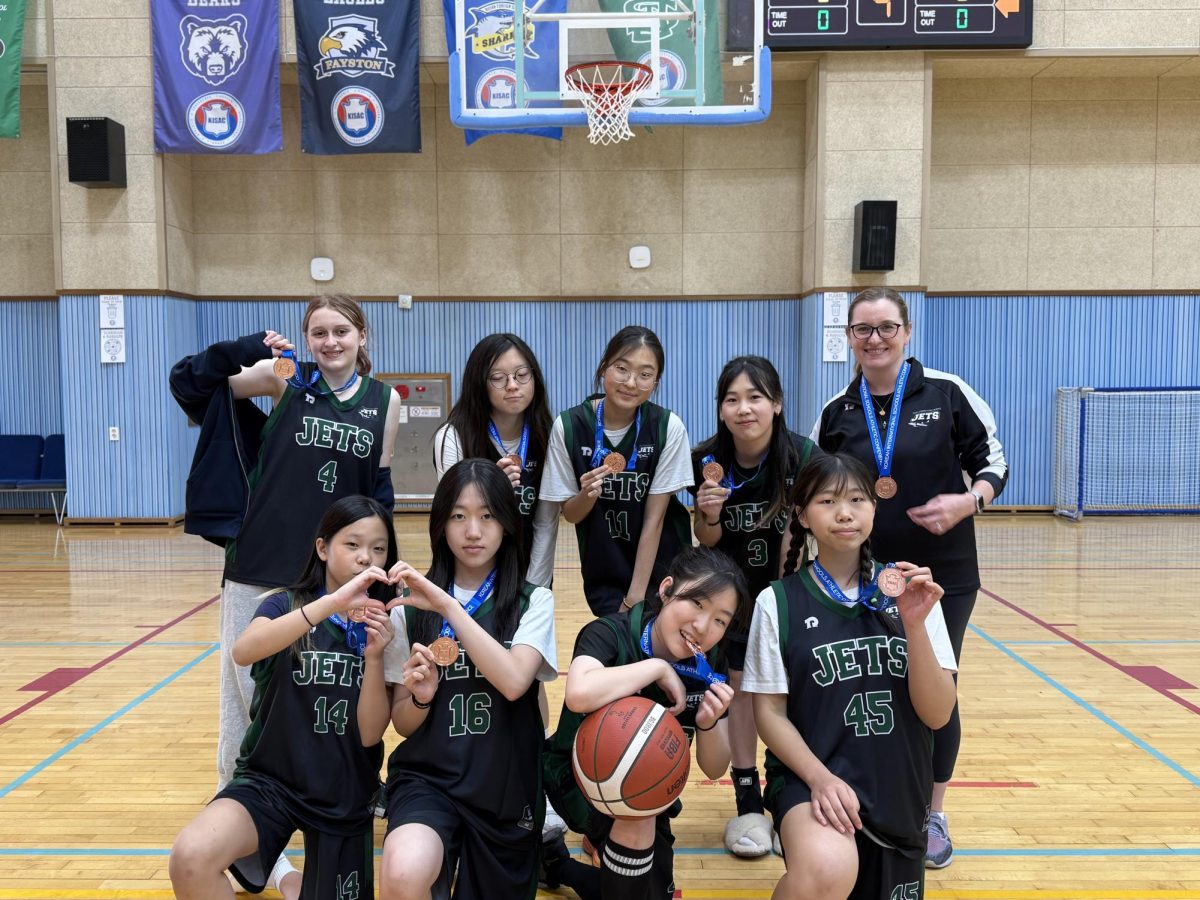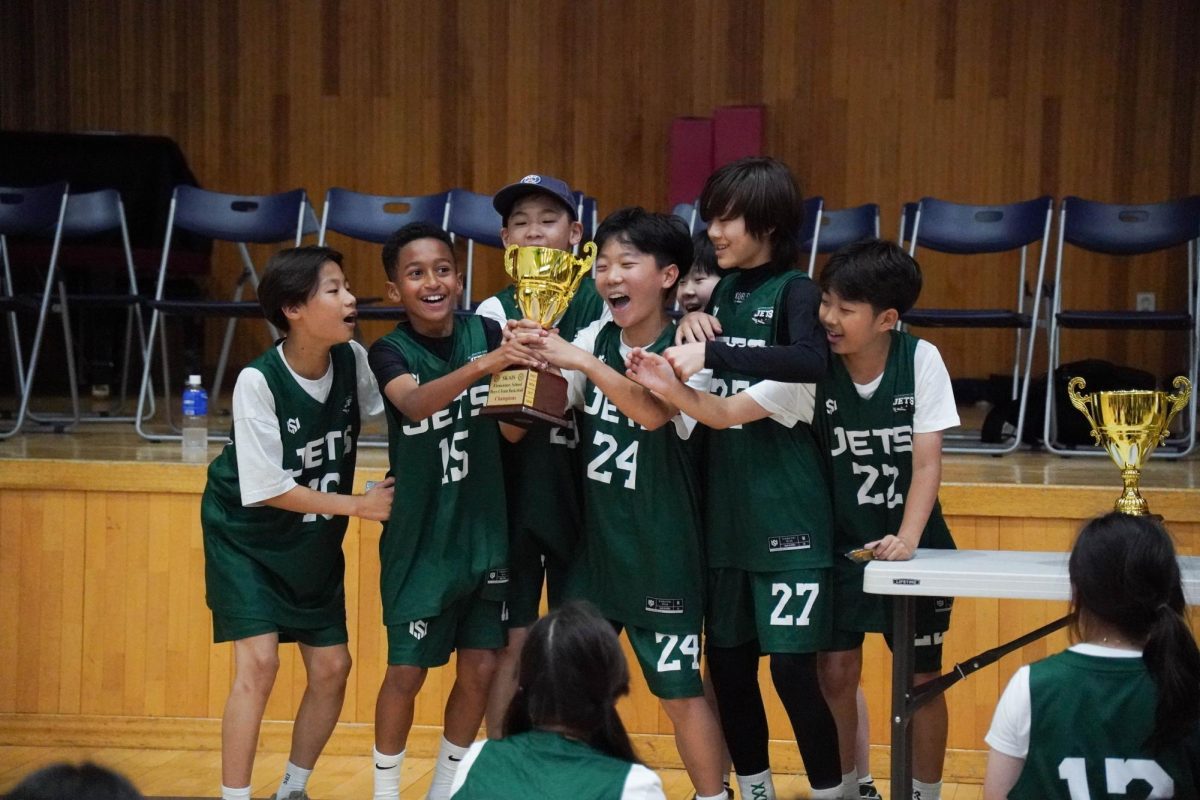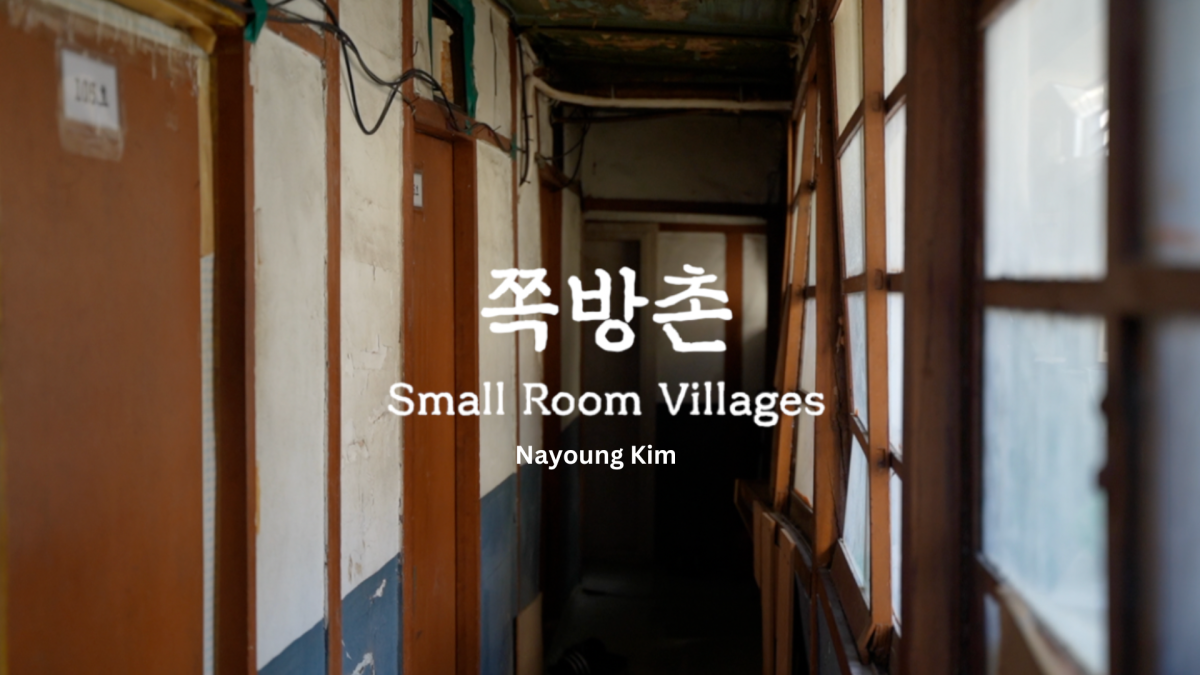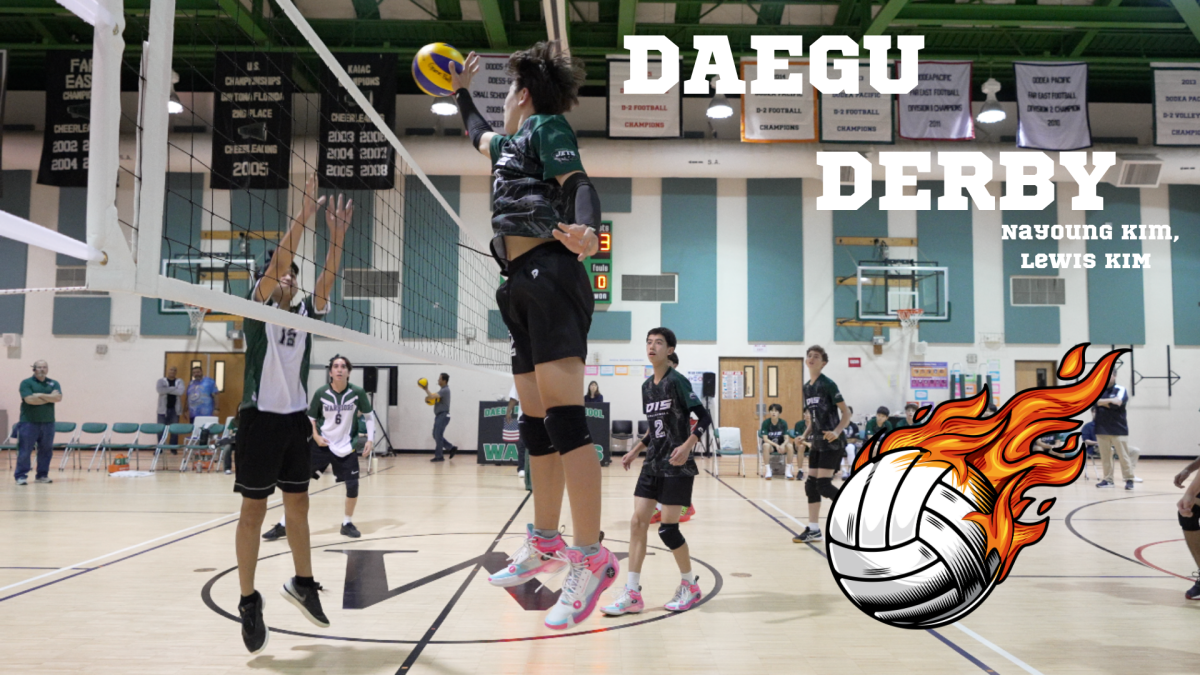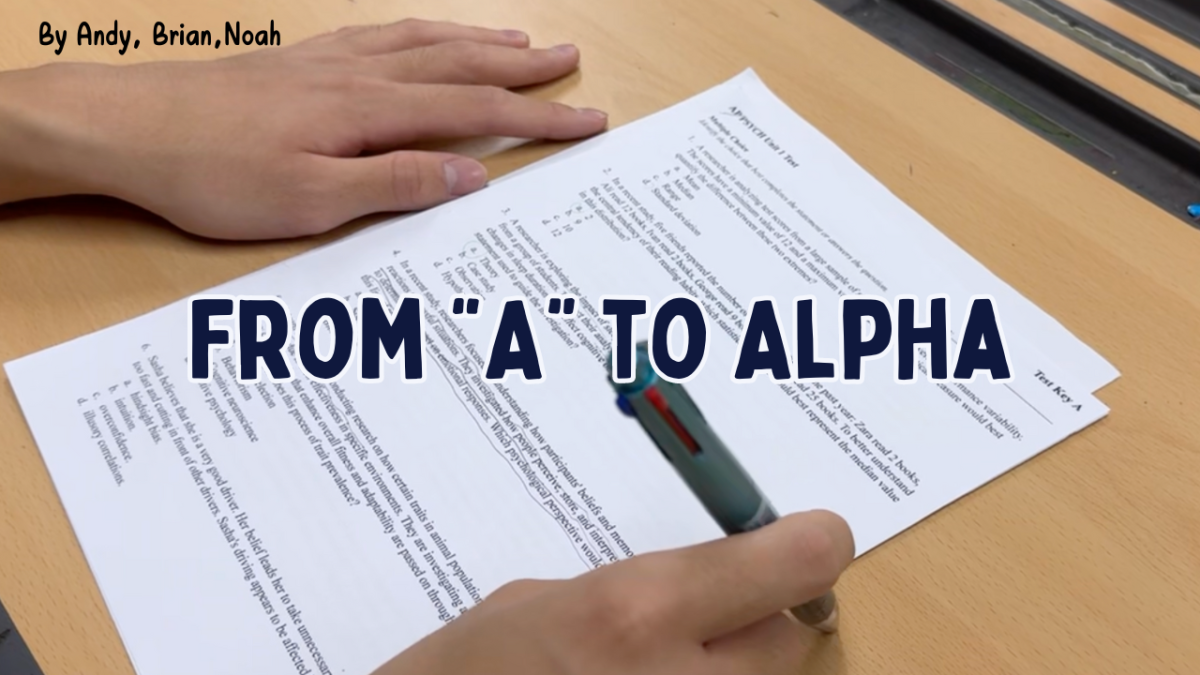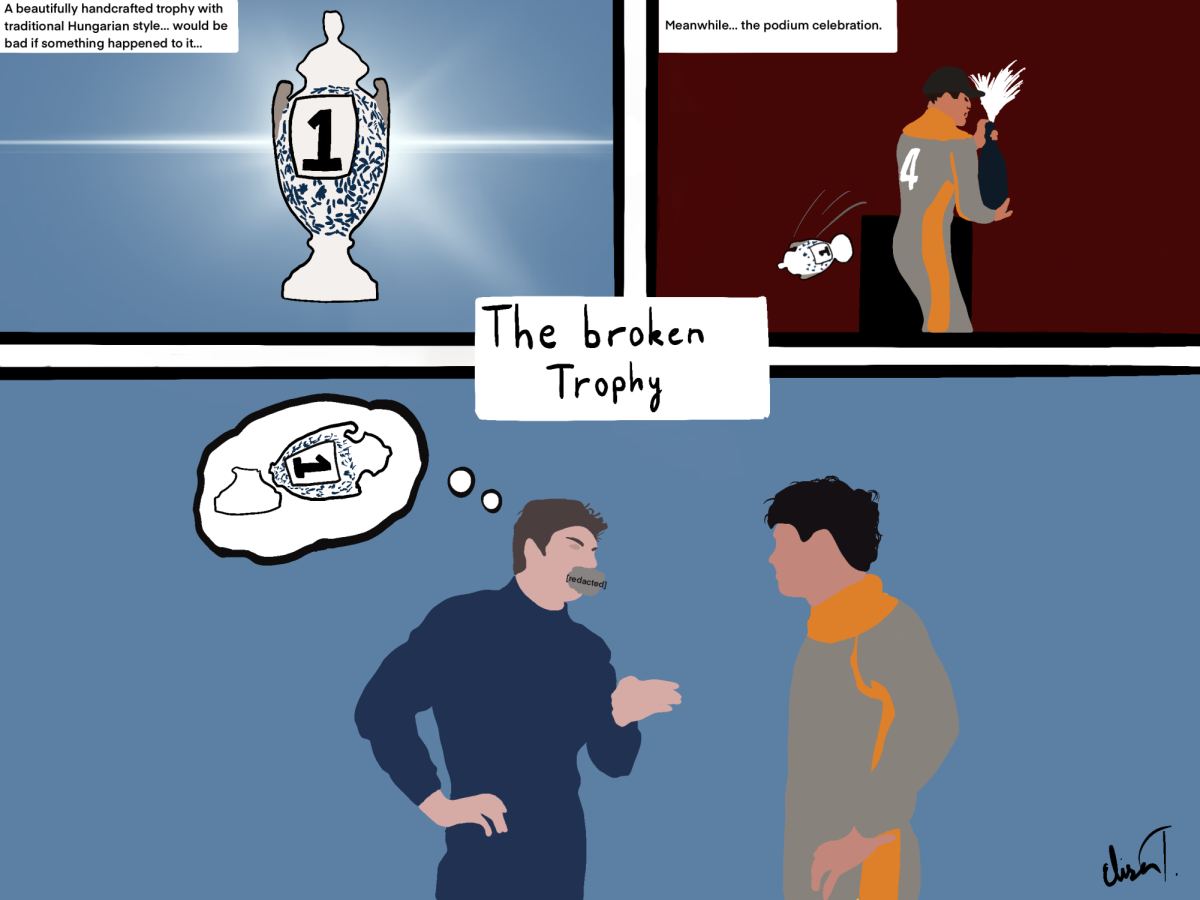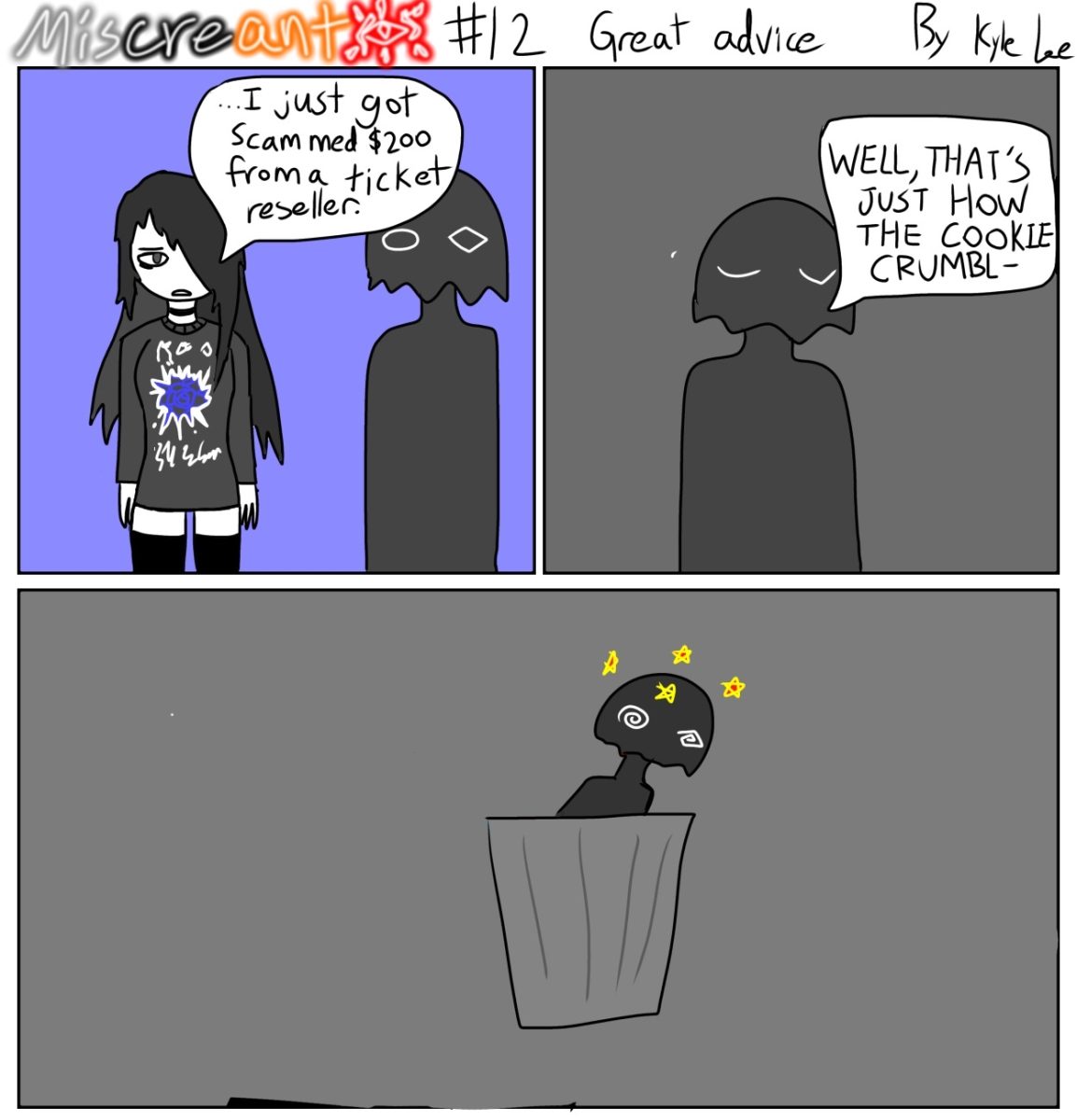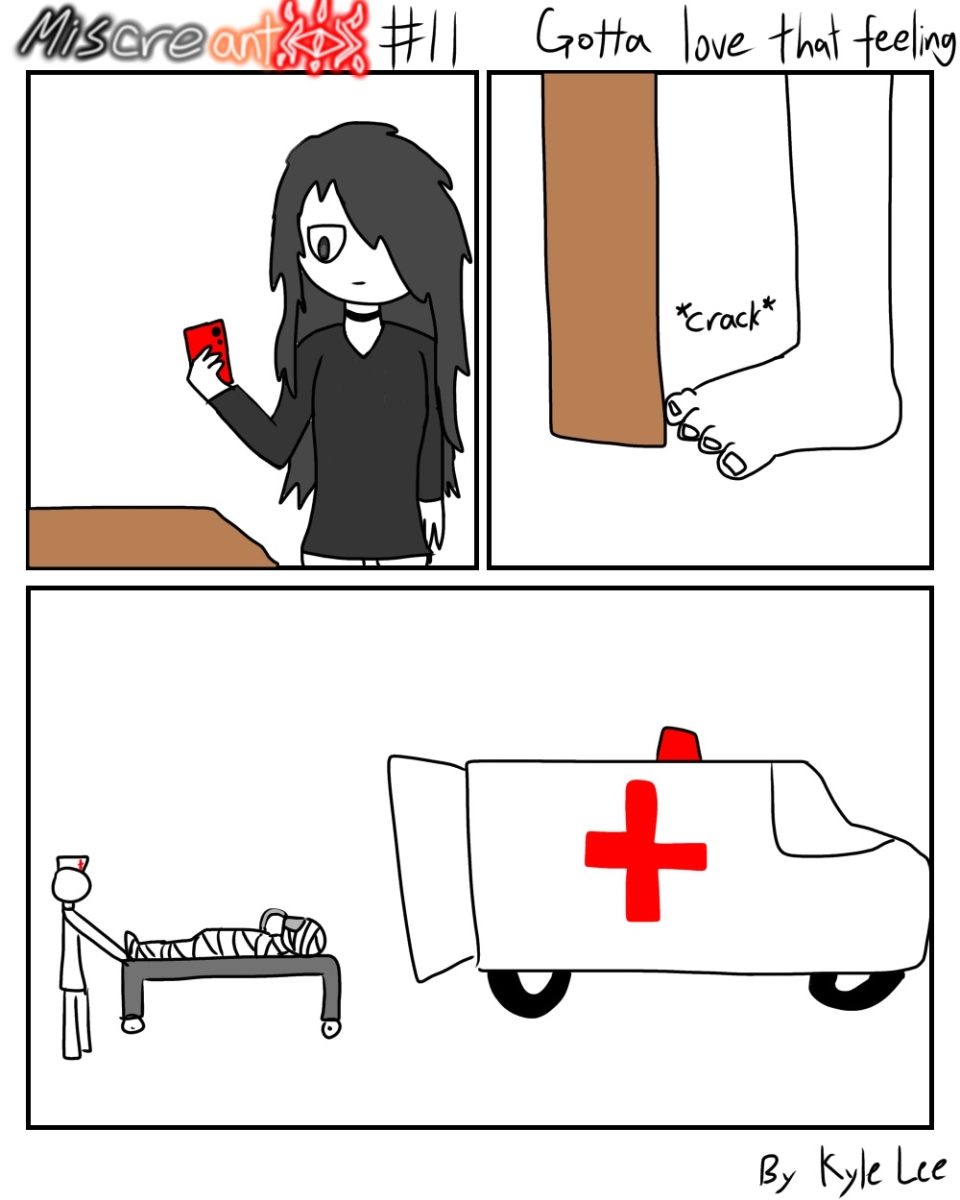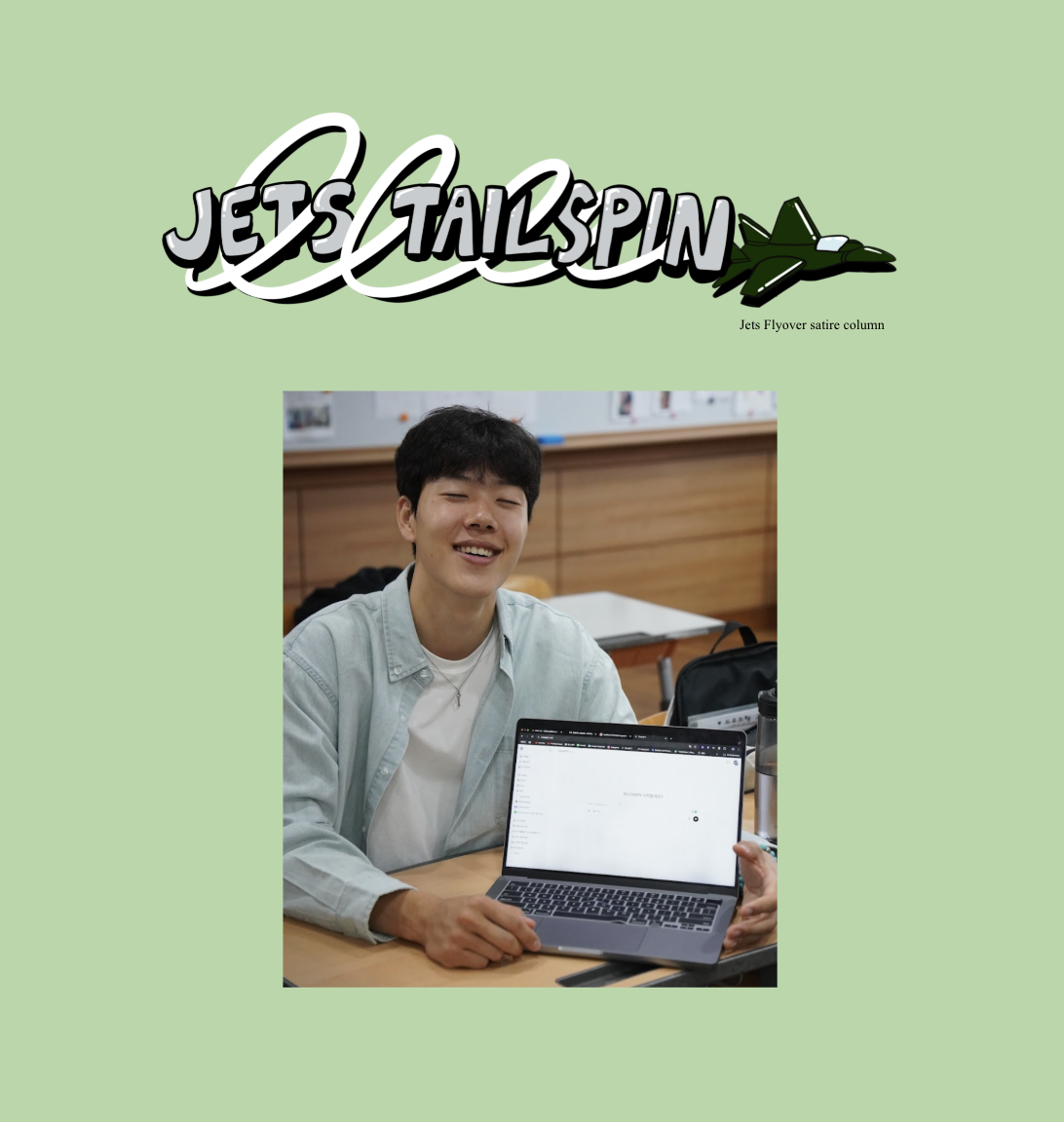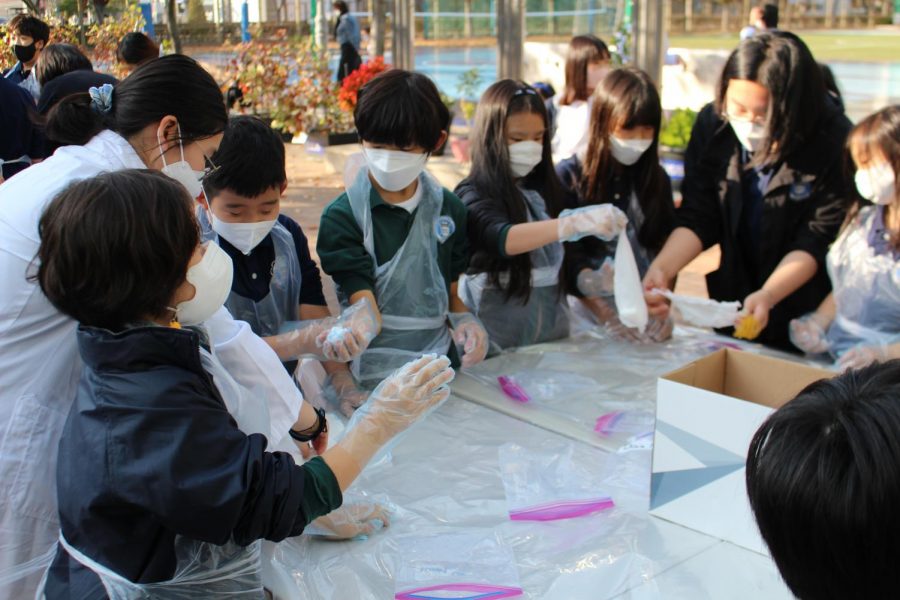Chemical Reactions Abound at SNHS Event
Science National Honor Society Hosts Dual Slime & Tie-Dye Activity
Kids learning how to tie-dye their handkerchiefs from Lucy.
November 17, 2021
The air was filled with happy shouts; the smell of glue and dye drifted through the air. On November 4, 2021, the Science National Honor Society held a slime-making and tie-dying event in front of the cafeteria, inviting all 3rd, 4th, and 5th graders to an enticing afternoon of experimentation.
SNHS already held a tie-dye activity 2 years ago, but due to popular demand, the club decided to revive the activity as it was a hit the first time around. . The objective of this occasion (like all other activities held by the SNHS) was mainly to educate students on science, while also providing an opportunity for elementary kids to enjoy themselves with their friends.
“I participated because even though I usually don’t like science that much, my mom and dad thought this event would be a good experience for me. They wanted me to try new things while learning science at the same time,” claimed Grace in 3rd Grade.
The tie-dye craze originated with the hippie movement in the 60s and has morphed into a style for anyone, anywhere, especially in the summer. It is a symbolic representation of peace as well as an easy way to transform your old white t-shirt into fashionable clothing. The SNHS took advantage of the multicolored trend of the past and turned it into a scientific exploration of how dyes work, as they colored handkerchiefs with elementary students.
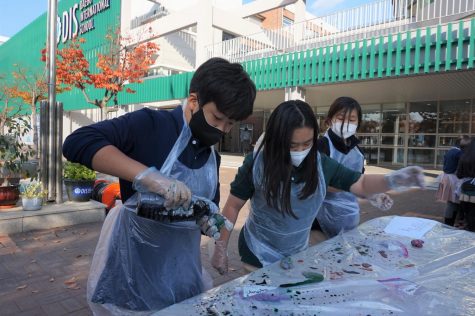
Students had 4 shades to choose from, transforming their handkerchiefs from white to vivid shades of red, pink, blue, and green. Brimming with excitement, students then poured the dye onto their handkerchiefs and waited for the dyes to permeate the cloth. Finally, the last step, rinsing the fabric, was now up to the SNHS members.
Although the process sounds simple, the chemical reactions that occur within it are very complex. Mrs. Lualhati, the SNHS supervisor explained the chemistry behind tie-dye: “Dyes are fiber reactive; in the sense of when it contacts with fabrics, it sticks. That’s why if you have a dyed fiber, it doesn’t fade away even if you wash it. The dye bonds with the molecules in the cotton.”
“My favorite part was when we made slime. I never made slime before, and it was really interesting to see simple glue turn into something cool!” exclaimed Tracy in 3rd grade.
As most of you may recognize, slime is a toy that is squishy and satisfying to play with. To make non-toxic slime, students added borax little by little to glue. The substance was stirred until it congealed, finally becoming the gooey object that is slime. To give it a more fluffy texture and add more air into the product, kids added shaving cream. After successfully creating the slime, they added colors and sparkles to their taste.
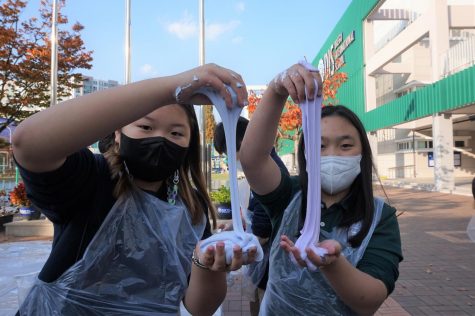
Mrs. Lualhati expounded upon the process. “We use borax; borax is an activator. Once you add borax to it, there is a difference in the product that is being formed. The molecules in the glue become cross-lengths because of the activator. So there is a new substance that is formed which is slime. Slime has very different properties than glue, although most people mistake the two as being similar.”
Beaming brighter than the bright-white borax they used, the students were fully enthralled with the activities they engaged in throughout the day. Understanding science might be challenging, but becoming acquainted with the topic through fun activities is an excellent way to study the complex subject.
Thanks to all the effort SNHS students put in, the event ended as a huge success. Hopefully, the SNHS can present more favorable activities to the DIS student population in the future to balance fun and education.



